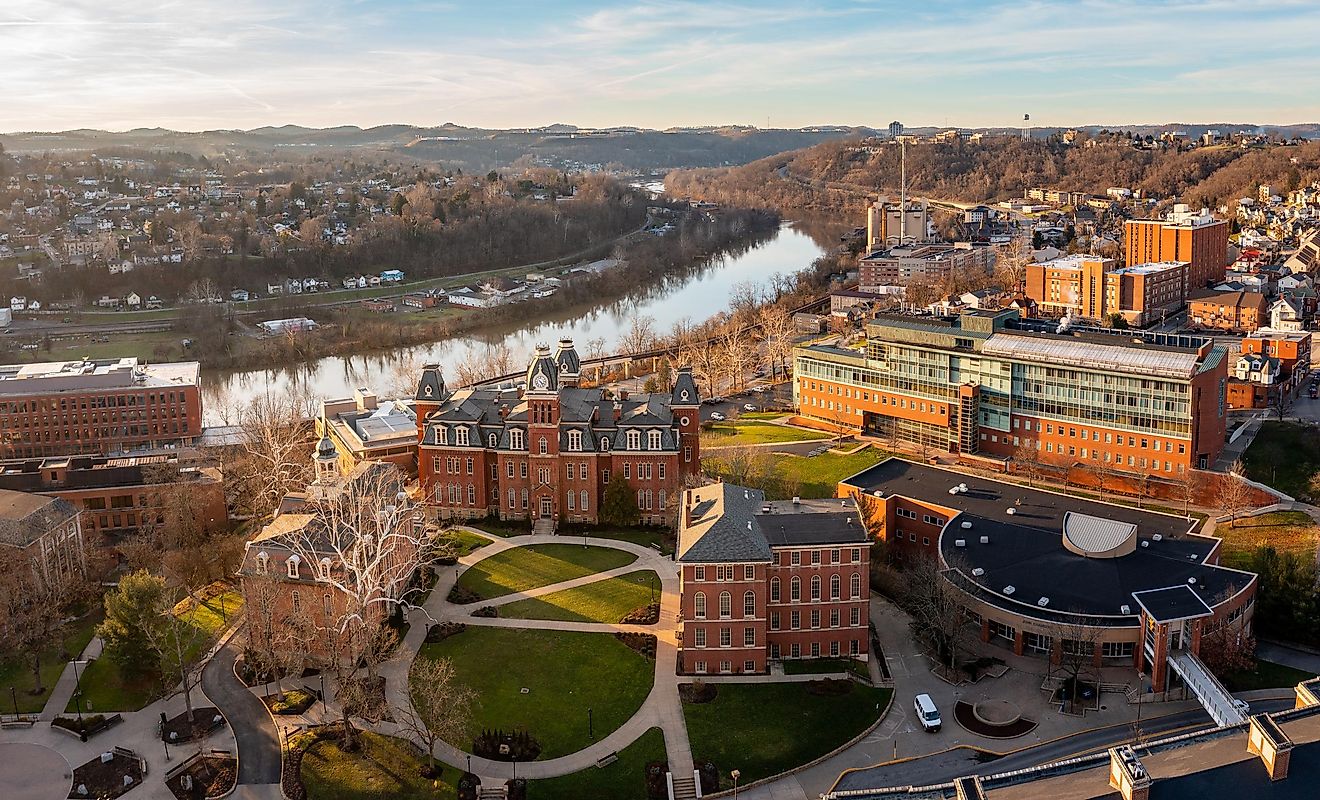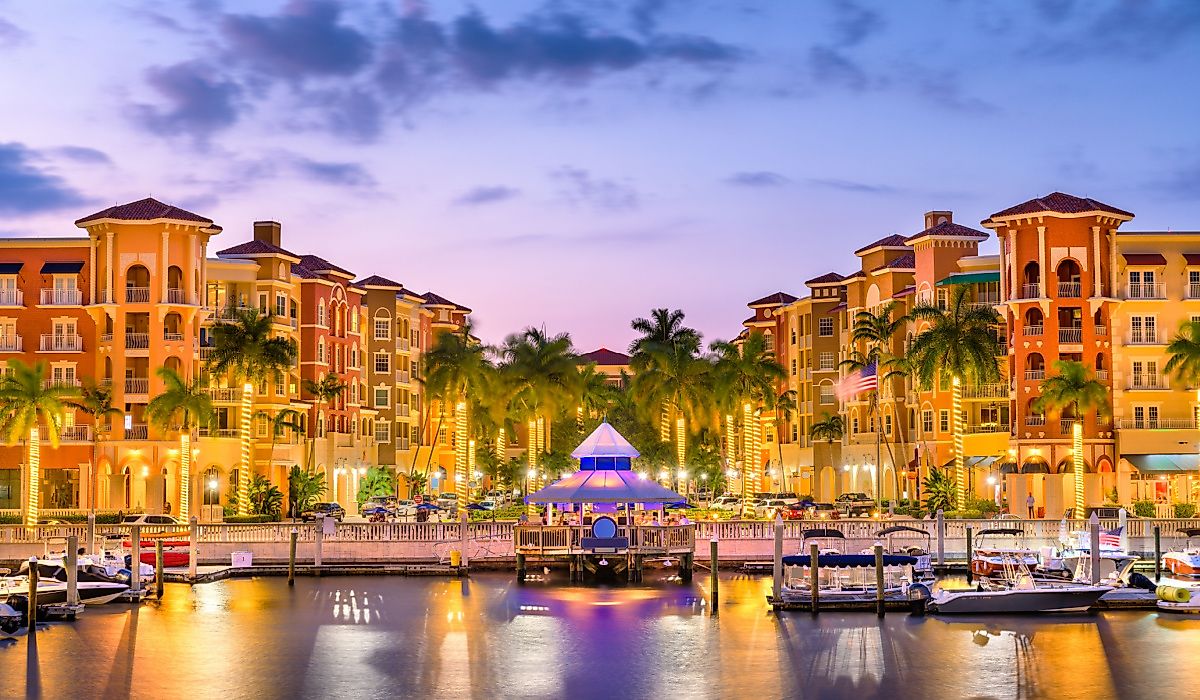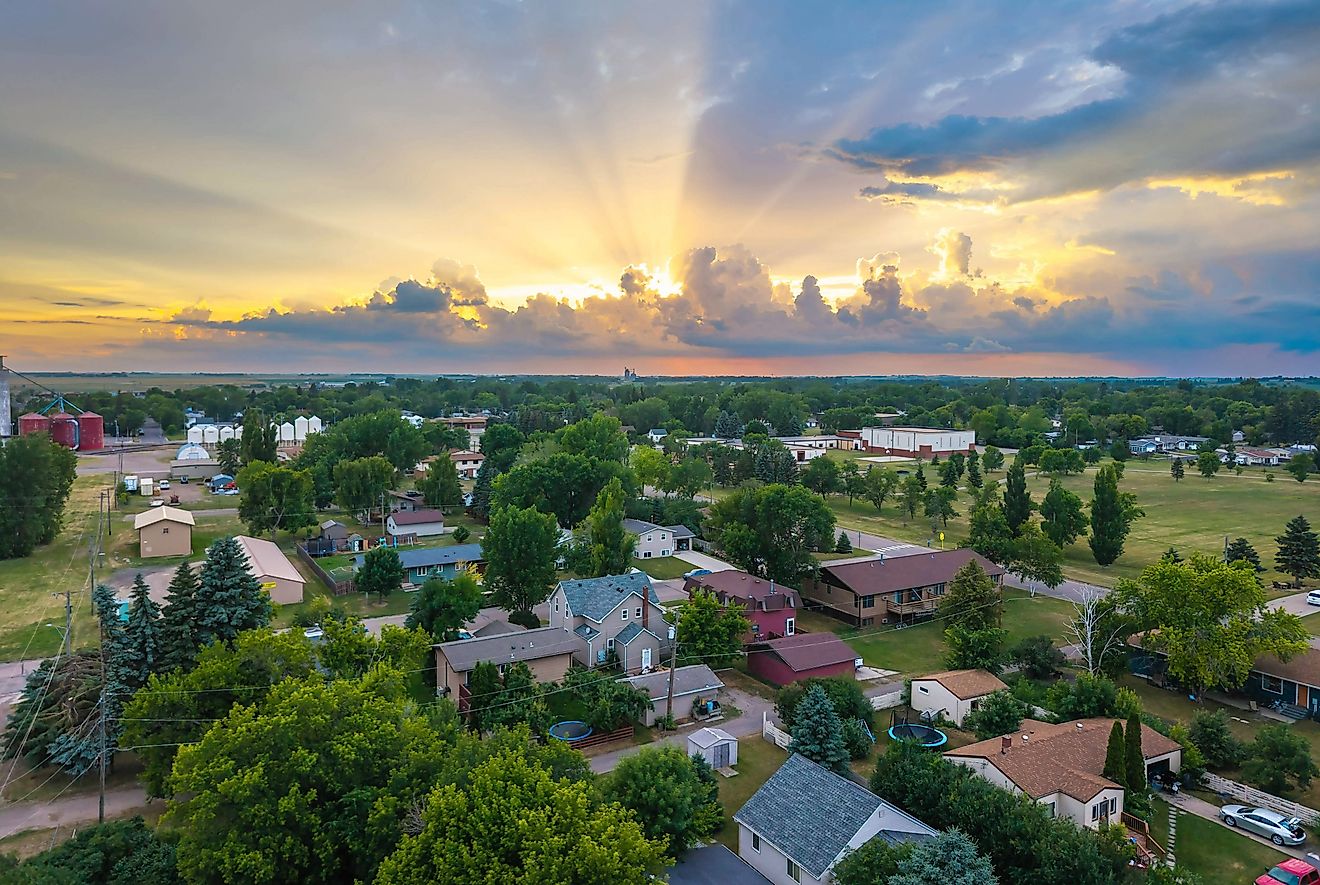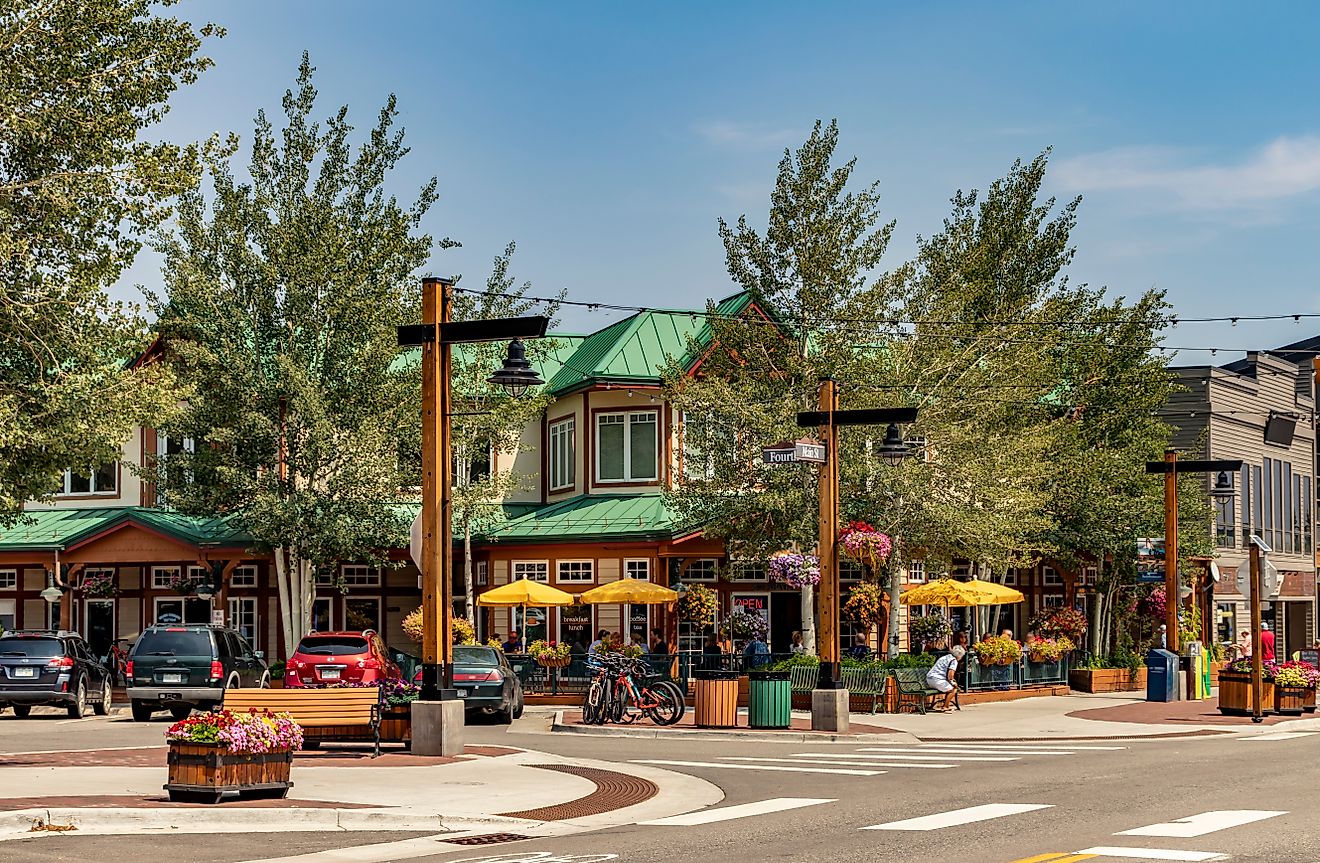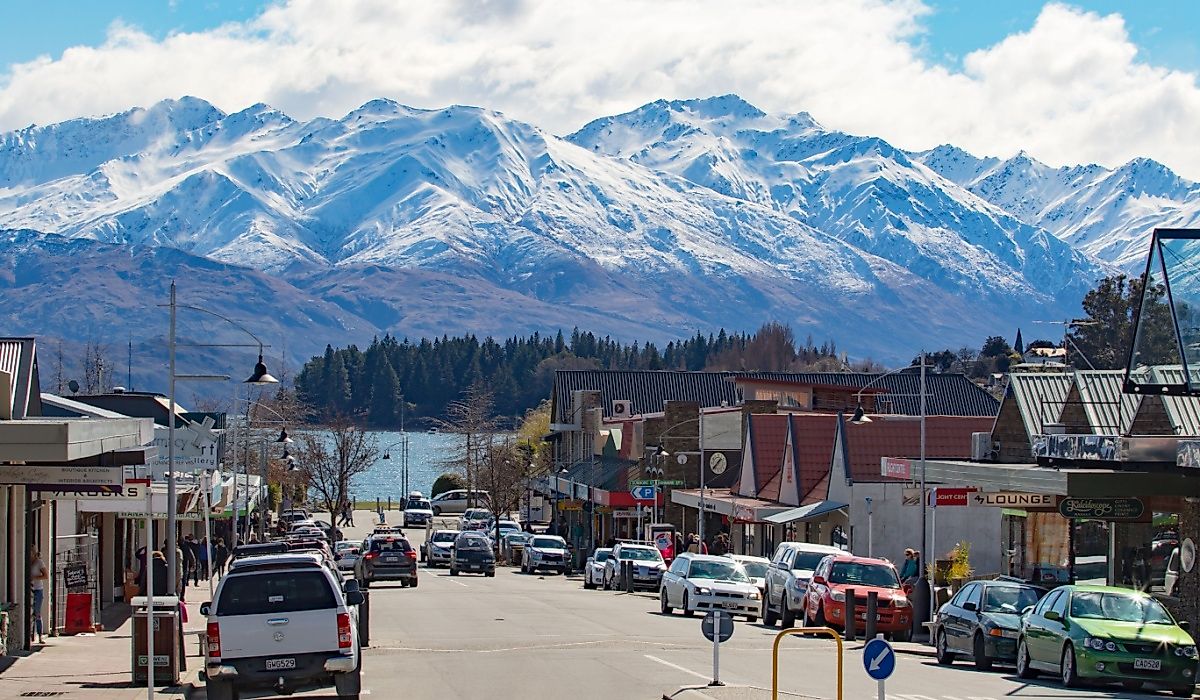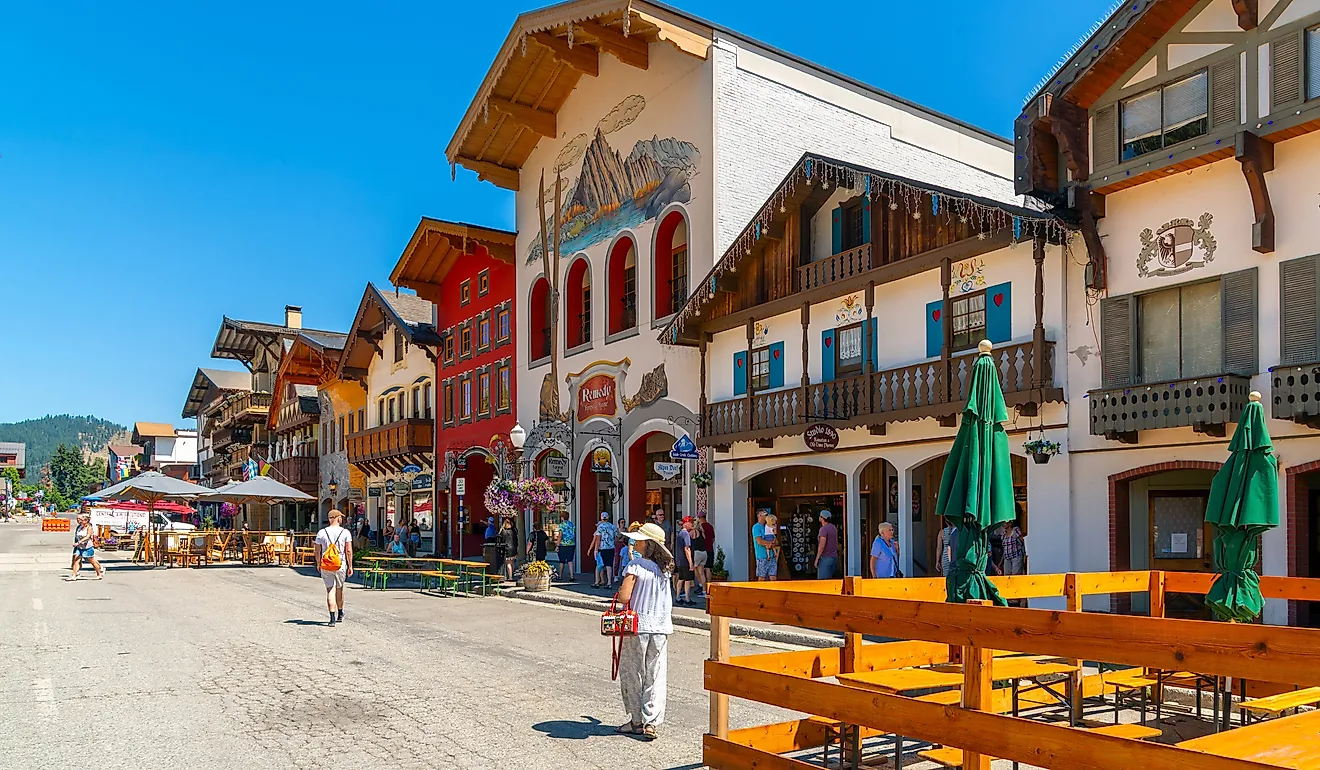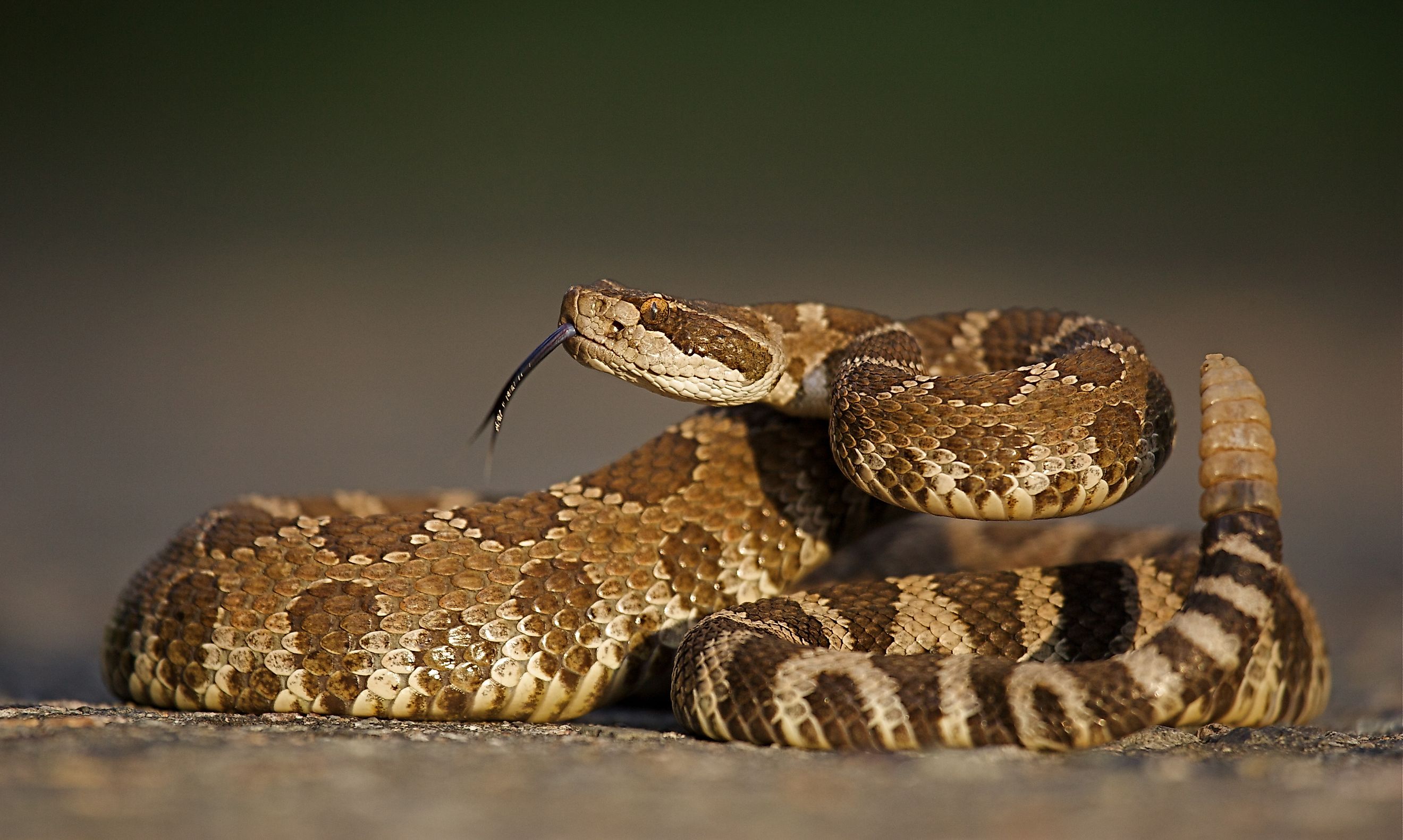
7 Snake Infested State Parks In Idaho
The state parks and natural wonders of Idaho are among the most remote and alluring in the western United States. However, this untouched natural beauty can raise concerns for those who might not be as attentive to what lies hidden in the landscape. Snakes are not uncommon to see and encounter, especially in some of the state’s largest and most untamed parks. From the desert-like regions to the canyons, many habitats are ideal for the dangerous rattlesnake and several non-venomous species. With a bit of awareness and precaution, you can let these additions to the wild reputation of Idaho remain unbothered.
Bruneau Dunes State Park
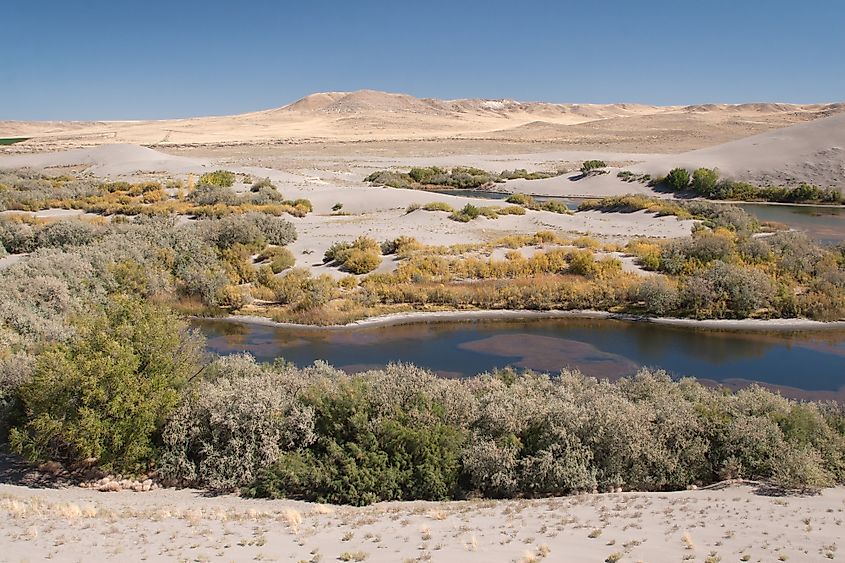
South of Mountain Home, Bruneau Dunes State Park is renowned for its sweeping dunes that rise hundreds of feet above the desert, including the tallest single-structured dune in North America. Those dunes also attract snakes seeking warmth from the sunbaked sand. Western and Great Basin rattlesnakes thrive in desert landscapes and sagebrush, while gopher snakes and striped whipsnakes are commonly found around the marshes and picnic areas. The park's heat-retaining sand keeps snakes active well into the night, and nighttime sightings are not unusual.
Visitors should always wear high boots and long pants in areas of dense vegetation, and refrain from walking barefoot in dune areas. As long as the dunes are emitting warmth, a condition that can last well into the evening hours in some cases, snakes will frequently remain active. Night walks under the stars can be spectacular here, but hikers are urged to exercise great caution and use a flashlight.
Lucky Peak State Park
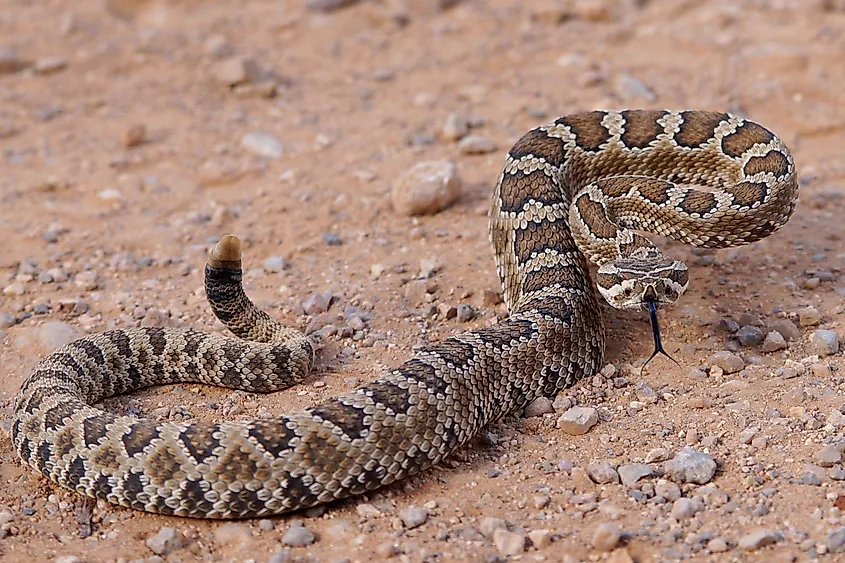
Only minutes from downtown Boise, Lucky Peak is one of Idaho's most treasured parks with more than half a million visitors annually. While the joy is spread across multiple sites, many come for Sandy Point Beach and access to Spring Shores Marina. The topography here makes it an ideal environment for various types of snakes to survive. Along the trails and spaces going from wet to hillside terrain, you can expect to see gopher snakes and rubber boas. One of the only venomous varieties of snake you need to be aware of in Lucky Peak State Park is the Great Basin rattlesnake, which is likely to be found in the rocky crags and outcroppings at the Lucky Peak Reservoir. With the park's increasing popularity and ease of access, encounters with snakes are not unlikely or uncommon. This is especially true during the warmer months of the summer, when the snake population of Idaho is at its most active.
Hells Gate State Park

Hells Gate State Park, located near Lewiston, is situated in a deep, warm canyon carved by the Snake River. Fittingly, the area is a premier snake habitat given the rock formations and shore regions, where you are likely to encounter rattlesnakes, garter snakes, and gopher snakes. Some areas of the Snake River canopies, particularly riprap, driftwood, and thick vegetation, provide habitat for other creatures, so one must be very careful while walking near the shoreline or in tall grass.
Note that some gopher snakes are mistakenly feared, since they can look like rattlesnakes when threatened. In order to avoid fighting, they will often flatten their heads and shake their tails. It is always a good idea to check under and around boats stored on the ground for snakes, and closed-toe shoes are recommended for those exploring grassy areas and rocky outcroppings. Children and pets should always be kept close to avoid defensive attacks aimed at a curious pet or child.
Eagle Island State Park
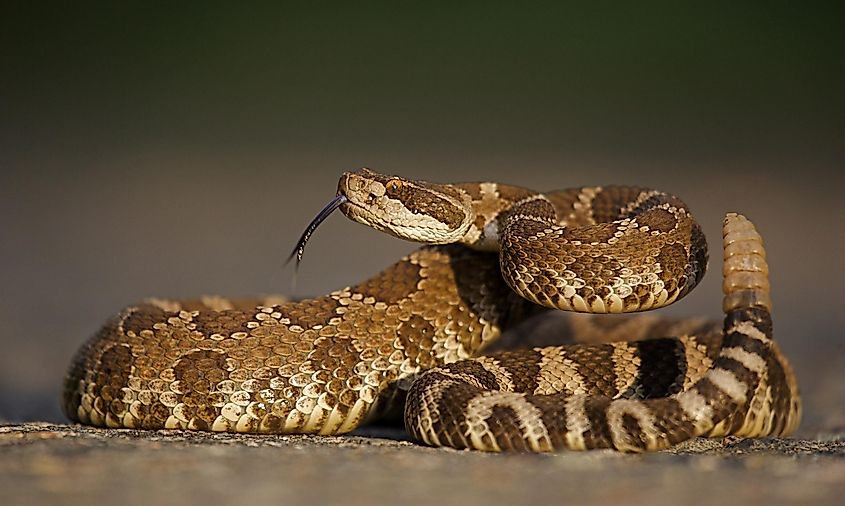
Unlike any of the other protected properties throughout Idaho, this one is a 545-acre island expanse rife with wildlife, natural wonders, and plenty to explore. Where there are rodents and sufficient ecosystems, there are snakes, and Eagle Island State Park has quite a few. With the Boise River on either side, there are vast stretches of grassland where you might find several gopher snakes, as well as wetlands, which are ideal conditions for garter snakes. The park is also home to the venomous western rattlesnake, which is commonly found in the drier portions of the island. It is possible to encounter these critters in overgrown or craggy terrain on hiking trails, so it is crucial to explore the area with caution.
Ponderosa State Park

Situated on a peninsula extending into Payette Lake in McCall, Ponderosa State Park is located at a higher elevation than most of Idaho's highly visited parks and offers a different, yet equally essential, habitat for snakes. The 1,500 acres in and around the park feature dense forests of ponderosa pine and Douglas fir, as well as open grasslands and rocky areas along the shoreline of Payette Lake. The higher elevation areas generally have cooler temperatures and, as a result, fewer snakes than the desert parks, but they do exist. The most common snake found is the gopher snake, which is well-adapted to the rocky terrain of Ponderosa State Park.
Although western or prairie rattlesnakes might be present, they are less likely to be found here than in the lower, warmer parks of the state. The many hiking trails wind through natural areas where snakes could be encountered during the summer months. Hikers on these trails, particularly those traveling to popular viewpoints like Osprey Point, should stay on the designated paths and exercise caution when using rocks and fallen logs for support.
Castle Rocks State Park
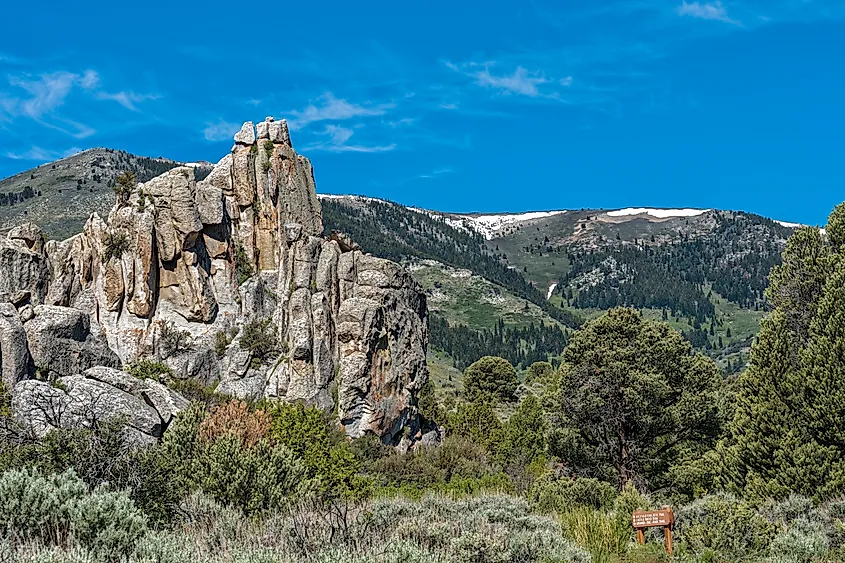
Castle Rocks State Park, in south-central Idaho near Almo, is a haven for rock climbers and hikers interested in exploring its granite peaks. The same rock outcroppings have created an ideal location for snakes. Gopher snakes and western rattlesnakes seek rocky crevices and ledges that receive direct sunlight, where they can rest and take advantage of a steady diet of small rodents. Snake sightings are best in late spring and summer, when temperatures continue to be warm during the day.
It is always important to inspect hand or footholds carefully before climbing and to proceed with care in unlit crevices. A rattlesnake will be all but invisible in the natural terrain of Castle Rock until you get very close, so walk carefully to avoid an undesired encounter, and if you do spot one, create space or leave room for it to retreat.
Thousand Springs State Park
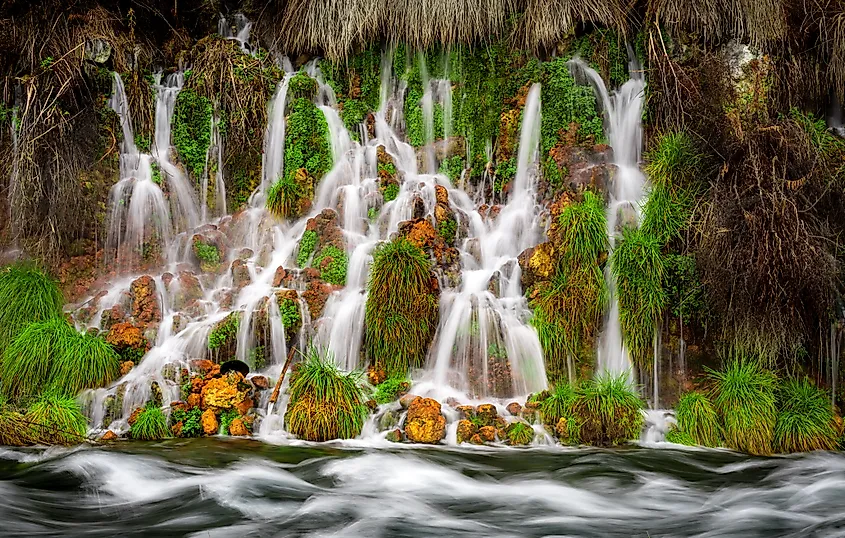
Two thousand acres in size and located near Hagerman, Thousand Springs State Park's topography ranges from canyons and cliffs to river zones. Basalt rock outcroppings and wetlands around natural springs provide a microclimate perfect for a host of snake species. Rattlesnakes are to be expected in rocky meadows and canyons, while garter snakes often appear in areas around the natural springs that are teeming with water. The slow cool in this part of Idaho keeps snakes active into autumn.
Caution should be considered at all times, beginning with where you walk and climb. It is important to have a visual of where you are putting your hands and feet to make sure you are not sharing the space with a snake. Children should also be educated to identify snakes that could bite them and cause harm.
Respect the Reptiles, Enjoy the Wild
There are about a dozen snake species in Idaho, but only the western or prairie rattlesnake is venomous. The others are harmless to humans and even pets, and remain vital in controlling Idaho’s rodent population in the wild. But more often than not, Idahoan snakes will not attack unless they are handled or tread upon. In nearly all cases where snake bites occur in Idaho, it is a direct result of human provocation. Approach habitats and expected encounter areas with reverence and respect, and keep your distance when a threat is detected.
The state parks where you can find snakes are some of Idaho’s most breathtaking sights. Whether it is the volcanically formed cliff faces of Thousand Springs State Park or the sun-blasted dunes of Bruneau Dunes State Park, the key to a successful and enjoyable experience in Idaho is simply knowledge and caution. By wearing a pair of boots and keeping a respectful distance between you and a snake, you can have a thrilling experience without risking your well-being.
